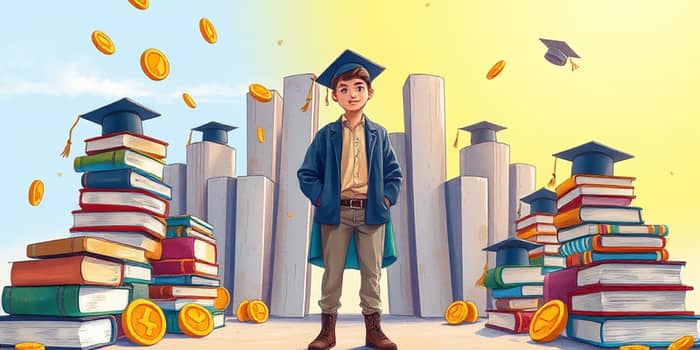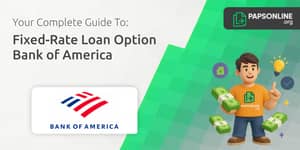
As tuition costs soar and traditional aid falls short, many students and families face daunting gaps in their budgets. Exploring personal loans can offer a lifeline—but also brings risks that demand careful consideration. This guide empowers you with data, strategies, and narratives to make informed choices.
In mid-2025, the cost of higher education continues to climb, leaving learners scrambling for resources. Federal student loan rates stand at 6.53% for undergraduates and 8.08% for graduate borrowers, while PLUS loans carry a fixed rate of 9.08%. Private student loans average 6.04% on variable five-year plans and about 7.60% for ten-year fixed programs.
Despite these options, federal and private awards combined accounted for only $256.7 billion in 2023-24, yet just $13.3 billion originated from nonfederal sources. With half of bachelor’s recipients graduating with an average of $29,300 in debt, families are searching everywhere for extra funds to cover room, board, travel, and unexpected costs.
When FAFSA deadlines pass and scholarship pools run dry, personal loans emerge as a flexible tool. Students with maxed-out federal borrowing limits, international learners excluded from U.S. aid, or those facing emergency expenses may turn to lenders for quick relief.
Unlike student loans, personal credits carry no school certification requirement. Approval hinges on creditworthiness and income, and borrowers gain near-instant access to funds without institutional red tape. But that convenience comes at a price.
Personal loan APRs vary widely by credit score, from a manageable 17.18% for those above 720 to a staggering 282.71% for sub-560 scores. Even individuals in the “good” range (680–719) face average rates near 28.45%. While these rates often undercut credit cards, they far exceed federal loan rates and offer no grace period or forgiveness pathways.
Borrowers enjoy rapid access to needed funds, but must contend with shorter repayment windows—typically two to seven years—and the absence of deferment options. Without federal protections, any financial hiccup can trigger late fees, damaged credit, and spiraling costs.
Every financial choice carries trade-offs. Before signing on the dotted line, scrutinize both the benefits and the hidden hazards.
Personal loans should always be a last resort. Exhaust scholarships, grants, work-study, and federal borrowing before turning to private credits. If you proceed, adopt these best practices.
By combining prudence with planning, you can mitigate the dangers while leveraging the benefits of flexible borrowing. Remember: borrowing less today may save thousands in interest tomorrow.
As grant coverage shrinks and tuition climbs, reliance on personal borrowing for education expenses is on the rise. Policymakers and advocates warn against normalizing high-interest debt as a funding mechanism, calling for renewed focus on affordability and grant expansion.
Meanwhile, innovative programs like tuition payment plans and employer education benefits are gaining traction. These alternatives can reduce dependency on high-cost loans and foster greater financial security for students entering an unpredictable job market.
Ultimately, the decision to use a personal loan for education demands both self-awareness and strategic foresight. By understanding market realities and your personal capacity, you can transform an immediate financing challenge into an opportunity for growth and long-term success.
References













